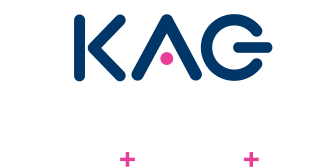
Design without strategy is just decoration. At its core, good design is about solving problems, communicating clearly, and moving people to act. That’s why we never jump straight into colors, logos, or layouts. We start with strategy—because understanding your goals, audience, competition, and brand story ensures that every visual decision has purpose. Strategic design isn’t just prettier—it performs better, connects deeper, and delivers real results.
What Strategy Involves
Here’s what typically goes into a solid strategic foundation before any design begins:
1. Goal Definition
What are you trying to achieve? (e.g. increase sales, attract talent, launch a product, boost credibility)
What does success look like?
2. Target Audience Insights
Who are you talking to?
What do they care about?
What motivates or blocks them from taking action?
3. Competitive Analysis
Who are your competitors?
How do they show up visually and verbally?
Where can you stand out?
4. Brand Positioning & Personality
What’s your unique value or story?
How should your brand feel—playful, bold, premium, approachable?
5. Messaging Hierarchy
What’s the core message?
What needs to be emphasized most?
What tone should the design reflect?
6. Content Planning
What content needs to be included and prioritized?
Will you be using existing content, or creating new?
7. Functional Requirements
For web: What does the site need to do? (e.g. booking, e-commerce, lead gen)
For print: What’s the format, purpose, and user interaction?
8. Visual Strategy
What kind of design language will support your positioning?
What’s the mood, color palette, typography, and image style direction?
Why This Matters
Without strategy, design becomes guesswork. With strategy, every font, photo, and layout choice is intentional—built to communicate clearly, attract the right audience, and support your business goals.
👉 Don’t just decorate—design with purpose. Partner with KatArt to bring strategy and creativity together.
